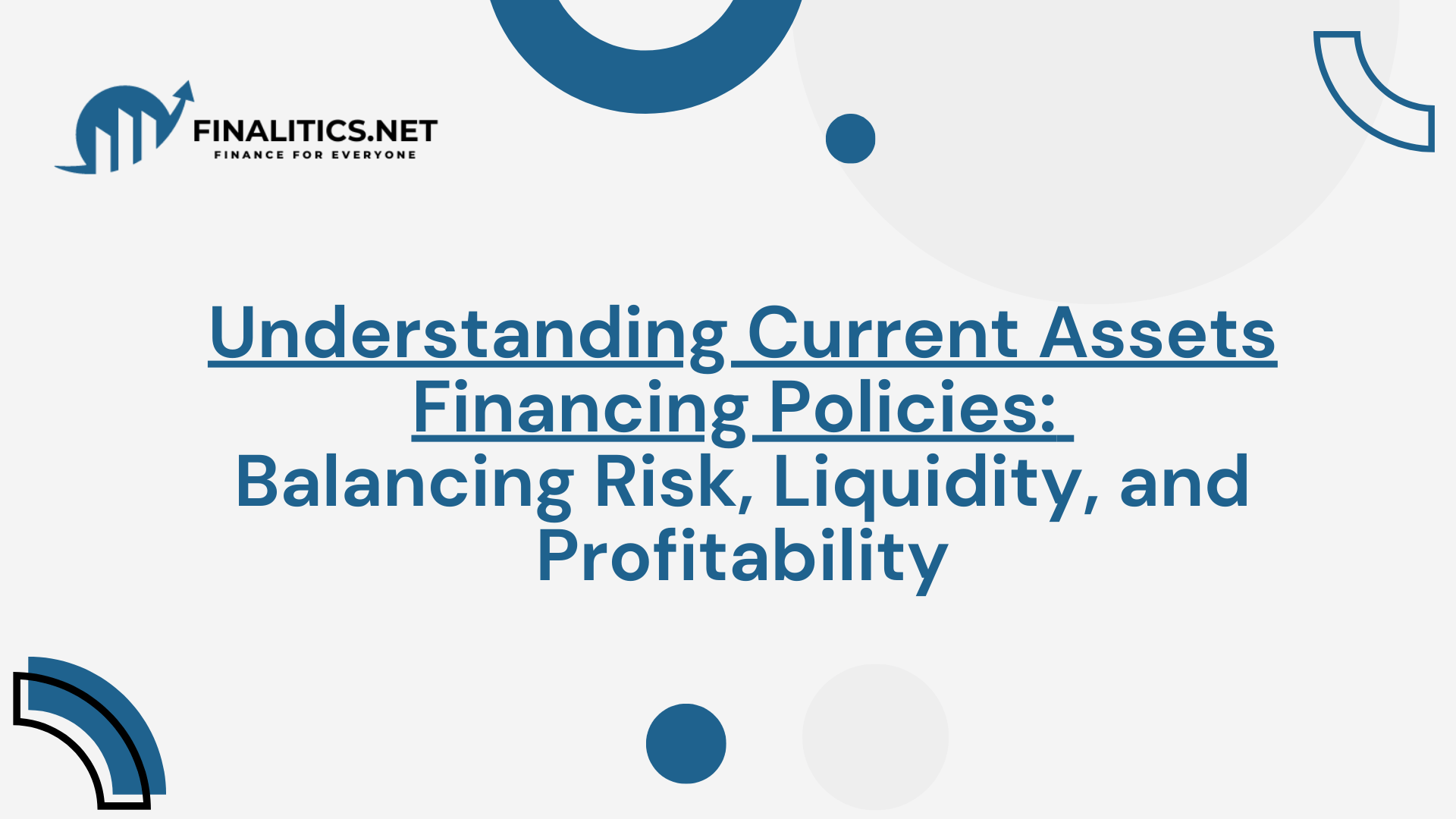In today’s financial world, financial instruments play a central role in how businesses invest, borrow, and report their activities. If you’ve ever wondered how companies classify and report securities like stocks, bonds, or derivatives in their financial statements, this article will walk you through it step by step.
We’ll cover what financial instruments are, how they are reported under U.S. GAAP and IFRS, and why understanding their classifications is important for both investors and analysts.
What is a Financial Instrument?
A financial instrument is basically a contract that gives rise to:
- a financial asset for one party (like cash, loans, or investments), and
- a financial liability or equity for another party (like debt obligations or shares issued).
They appear on both sides of the balance sheet:
- Assets: stocks, bonds, loans receivable, derivatives.
- Liabilities: debt obligations, notes payable.
In short, financial instruments are the building blocks of modern finance.
How Financial Instruments Are Measured
Accounting standards require different measurement approaches depending on the type of financial instrument:
- Historical Cost
- Used when fair value cannot be reliably measured.
- Example: unlisted equity investments, loans, and receivables.
- Amortized Cost
- Applied when securities are meant to be held until maturity.
- Example: bonds classified as held-to-maturity.
- Value = original price – repayments ± amortized discount/premium – impairment.
- Fair Value (Mark-to-Market Accounting)
- Used when securities are bought for trading or could be sold before maturity.
- Example: trading securities, available-for-sale securities, derivatives.
- Reported at current market value, which changes every reporting period.
Classifications Under U.S. GAAP
Financial instruments under U.S. GAAP are classified into three main categories:
1. Held-to-Maturity (HTM) Securities
- Debt securities a company intends to hold until maturity.
- Reported at amortized cost.
- Interest income is recorded in the income statement.
- Market value fluctuations are ignored.
Example:
A company buys a bond for $1,000,000 paying 6% interest. It records $60,000 interest income yearly, and the bond stays on the balance sheet at $1,000,000 until maturity (unless impaired).
2. Trading Securities
- Bought to sell in the short term.
- Reported at fair value.
- Both unrealized gains/losses (market value changes) and realized gains/losses go directly to the income statement.
- Derivatives are treated this way.
Example:
If the same bond’s market value drops by $20,000, the bond is shown at $980,000 on the balance sheet, and the $20,000 unrealized loss is recognized in the income statement.
3. Available-for-Sale (AFS) Securities
- Not meant for trading, but not necessarily held until maturity.
- Reported at fair value.
- Unrealized gains/losses do not hit the income statement directly. Instead, they go to Other Comprehensive Income (OCI), a part of equity.
- Realized gains/losses (when sold) go into the income statement.
Example:
Using the same $1,000,000 bond example:
- If its market value falls by $20,000, it is shown at $980,000 on the balance sheet.
- The $20,000 loss goes to OCI, not the income statement.
- The $60,000 interest income is still recorded in the income statement.
IFRS Treatment of Financial Instruments
IFRS uses three categories, similar but not identical to GAAP:
- Measured at Amortized Cost
- Debt securities are meant to be held until maturity.
- Identical to GAAP’s held-to-maturity securities.
- Measured at Fair Value Through Other Comprehensive Income (FVOCI)
- Debt securities are intended to collect interest but are possibly sold before maturity.
- Similar to GAAP’s available-for-sale securities.
- Equity securities can also be classified here if chosen at purchase.
- Measured at Fair Value Through Profit and Loss (FVTPL)
- Trading securities, derivatives, or any instrument not classified elsewhere.
- Unrealized gains/losses affect the income statement directly.
Key Differences from GAAP:
- IFRS does not use the term “Available-for-Sale.” Instead, it uses FVOCI.
- IFRS allows more flexibility (firms can sometimes choose classifications at purchase).
- Both systems recognize interest and dividends in the income statement.
Why Does This Matter?
The way financial instruments are reported can significantly affect:
- Earnings volatility (depending on whether unrealized gains/losses hit the income statement or equity).
- Investor interpretation of financial health.
- Comparability between companies reporting under different standards.
Analysts often adjust financials to make fair comparisons, especially when companies classify the same type of asset differently under GAAP vs IFRS.
Final Thoughts
Financial instruments may sound complicated, but understanding their classification is crucial for investors, analysts, and accountants.
- They can be measured at historical cost, amortized cost, or fair value.
- U.S. GAAP and IFRS treat them similarly, but with slight differences in terminology and classification.
- The classification determines whether gains/losses are reported in the income statement or in other comprehensive income (OCI).
By knowing these rules, you can better evaluate how a company values its securities, reports performance, and communicates financial health to investors.


